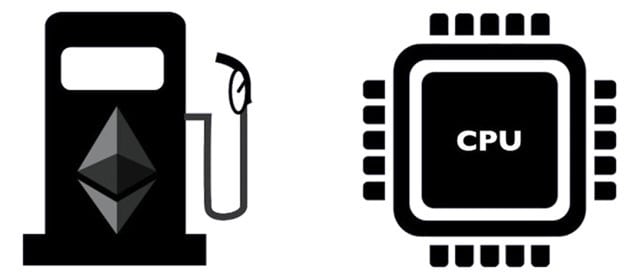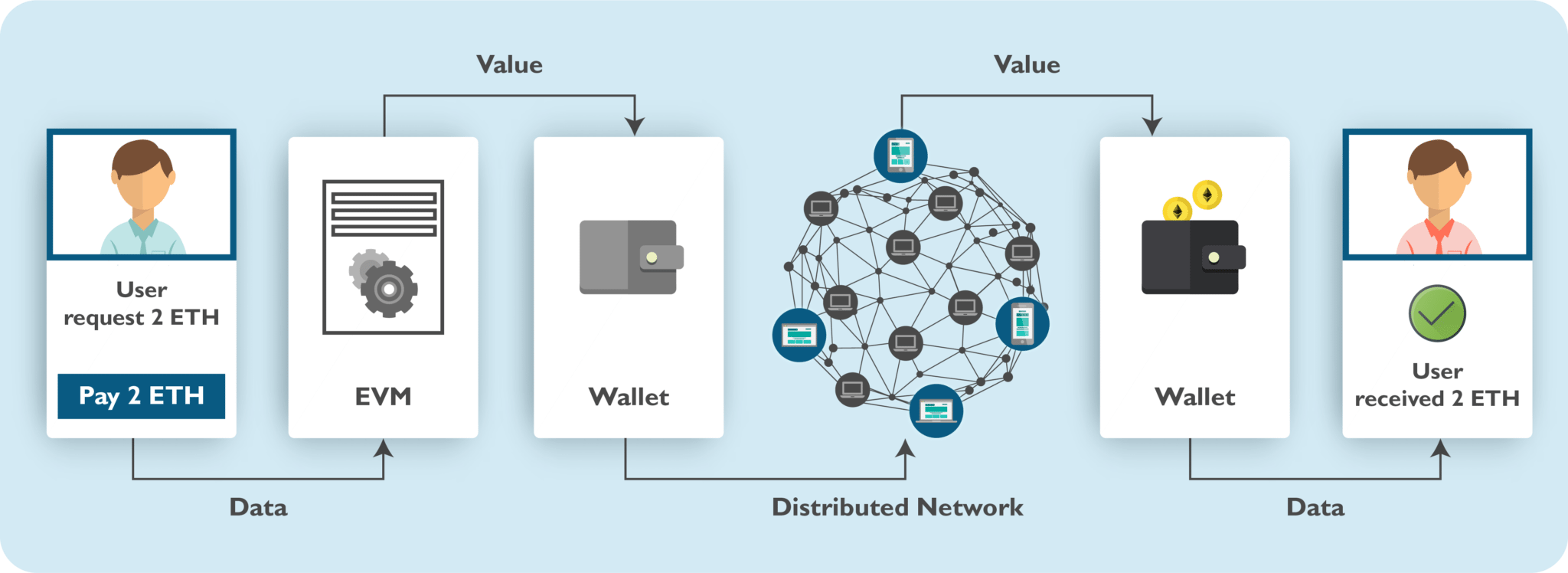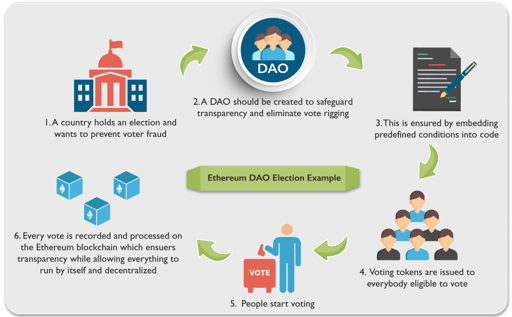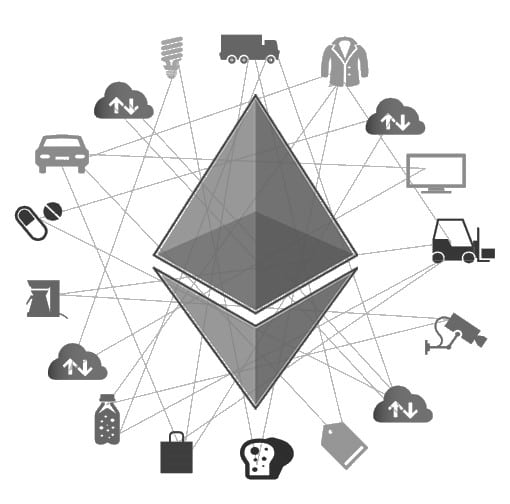Blockchain Certification Training Course
- 23k Enrolled Learners
- Weekend
- Live Class
Innovations in Blockchain technology led to the development of a new platform called Ethereum. Like Bitcoin, Ethereum is also a distributed network. Rightly termed as Blockchain 2.0, it paved a path for developers to contribute to the blockchain community. This blog on ” What is Ethereum ” will enrich your knowledge on Ethereum.
Following are the topics I’ve covered in this blog:
Ethereum is the second major innovation in Blockchain since the invention of Bitcoin.
While Bitcoin can be described as a digital money.
Ethereum is a decentralized platform for programming a digital money.
Although Bitcoin and Ethereum are powered by the distributed ledgers, the two differ in many technical ways, let me help you in comprehending the differences between the two.
| Merits | Bitcoin | Ethereum |
| Concept | Digital Money | World Computer |
| Founder | Satoshi Nakamoto(Mysterious) | Vitalik Buterin & Team |
| Scripting Language | Turing Incomplete | Turing Complete |
| Release Date | Jan 2009 | July 2015 |
| Coin Release Method | Early Mining | Through ICO |
| Average Block Time | ~10 minutes | ~12-15 seconds |
| Purpose | Alternative to Regular Money | Peer to peer Contracts |
Both Bitcoin and Ethereum are often compared to each other, but, the two were designed with different vision and goals. Bitcoin is an established cryptocurrency used for trading, Ethereum is a multipurpose platform with its digital currency as the fuel for smart contracts functionality.
But what is Ethereum and what future does it hold for our society, here’s a run-through.
Ethereum is an open-source & public blockchain based distributed computing platform for building decentralized applications. ![]()
So, Before the creation of Ethereum, blockchain applications were designed to do a very limited set of operations. Bitcoin and other cryptocurrencies, for example, were developed exclusively to operate as peer-to-peer digital currencies.
Vitalik Buterin envisioned Ethereum as a platform for developers to write programs on the blockchain. To accomplish his goal he used similar Blockchain designs & protocols as that of Bitcoin’s and improvised it to support applications beyond currency issuance.
Anyone across the globe can connect with Ethereum blockchain to develop a program and can maintain the current state of the network, hence the term “World Computer”.
It can basically create a programmable contract directly between peers.
A contract that self-executes, and handles the enforcement, the management, performance, & payment.
Simply put, it can be defined as a contract that self-executes, and handles the enforcement, the management, performance, & payment.
You would require tokens for executing a smart contract as well as for trading. So basically, Ethereum is incomplete without cryptocurrency. ![]()
Ethereum runs on its native token called which serves two main purposes:
Every time a contract is executed, Ethereum consumes token which is termed as ‘gas’ to run the computations.
Gas in Ethereum
Gas is required to be paid for every operation performed on the Ethereum blockchain.
Its price is expressed in ether and it’s decided by the miners, which can refuse to process the transaction with less than a certain gas price.


It actually handles the internal state and computation in Ethereum. Practically, EVM can be thought of as a large decentralized computer with millions of objects called “accounts” which have the ability to maintain an internal database, execute code and also they can talk to each other.
With EVM at its heart, Ethereum enables the development of potentially thousands of unstoppable applications.
Wondering what can be built on Ethereum? Well, Ethereum can be used to build some really cool applications called DApps.
Find out our Blockchain Training in Top Cities/Countries
| India | Other Cities/Countries |
| Bangalore | New York |
| Hyderabad | UK |
| Kerala | USA |
| Chennai | Canada |
| Mumbai | Australia |
| Pune | Singapore |
A user may need to exchange Ether as a way to settle a contract with another user, using the network’s distributed computer nodes as a way to facilitate the distribution of this data.
Ethereum also allows the user to build decentralized organizations.

As Ethereum and other projects have made writing DApps protocols quicker and more accessible, a number of possibly disruptive DApps have appeared.

Decentralizing Existing Services: Existing services can be decentralized using Ethereum. This will lead to reduced cost and fees by connecting individuals directly and removing intermediaries.
A Million Possibilities: Dapps can disrupt hundreds of established industries like:
Considering the trends and advancements in the technology, it’s safer to say that the prospects of Ethereum as a platform seems pretty bright. As the industry and developers continue to invest their resources, faith and time in the technology, blockchain community will continue to prosper.
This brings us to the end of ” What Is Ethereum ” blog. Hope it was helpful and informative.
If you wish to learn Ethereum and build a career in Blockchain Technologies, then check out our Blockchain Course which comes with instructor-led live training and real-life project experience. This training will help you understand What is Ethereum Blockchain in depth and help you achieve mastery over the subject.
Got a question for us? Please mention it in the comments section and we will get back to you.
| Course Name | Date | |
|---|---|---|
| Blockchain Certification Training Course | Class Starts on 18th March,2023 18th March SAT&SUN (Weekend Batch) | View Details |
 REGISTER FOR FREE WEBINAR
REGISTER FOR FREE WEBINAR  Thank you for registering Join Edureka Meetup community for 100+ Free Webinars each month JOIN MEETUP GROUP
Thank you for registering Join Edureka Meetup community for 100+ Free Webinars each month JOIN MEETUP GROUP
edureka.co

Nice!! Get a daily updates of cryptocurrency news in coinjoker news website.
Bitcoin is a cryptocurrency but why it was mentioned as “Like Bitcoin,Ethereum is also a distributed network”. I think it should be “Like Blockchain, Ehereum is also a distributed network”